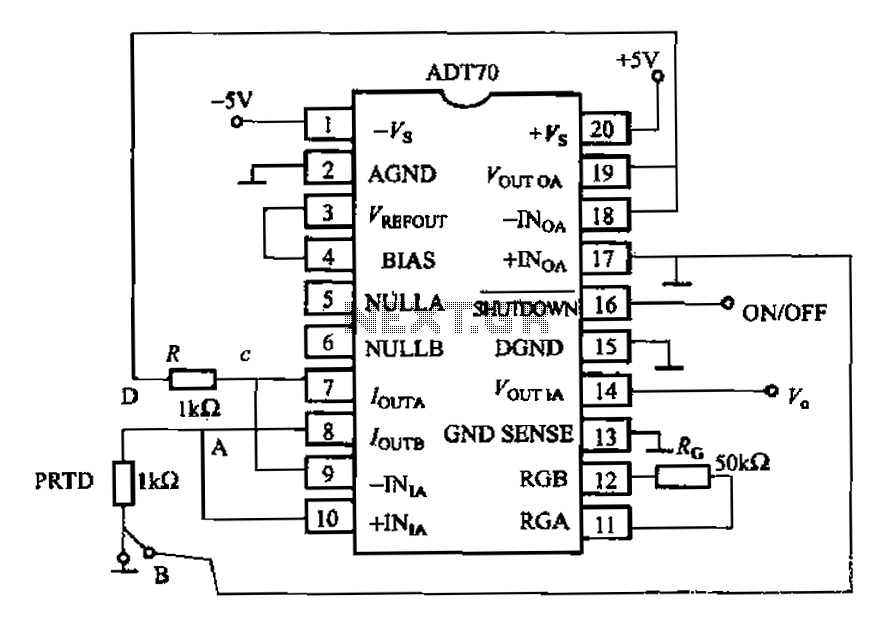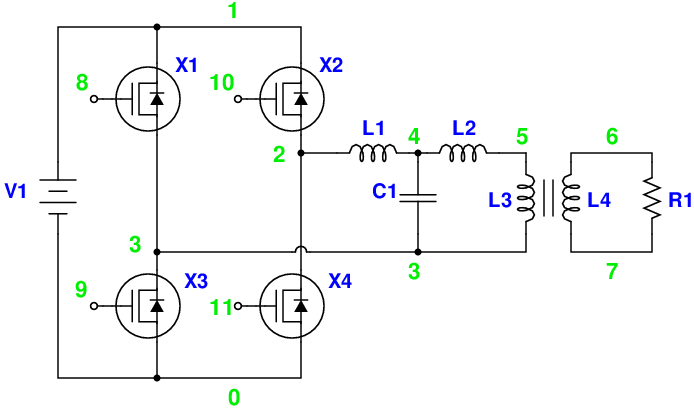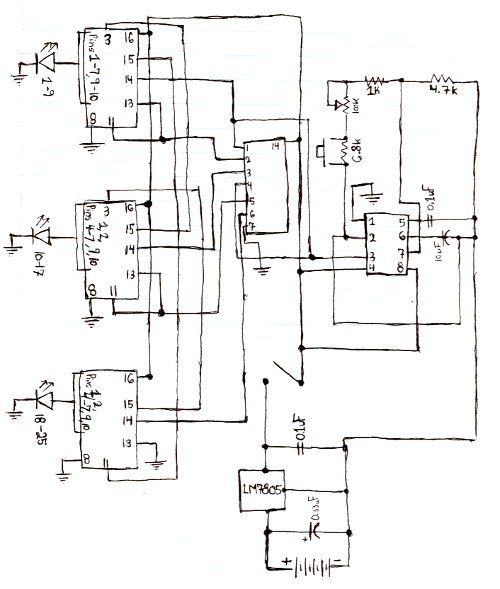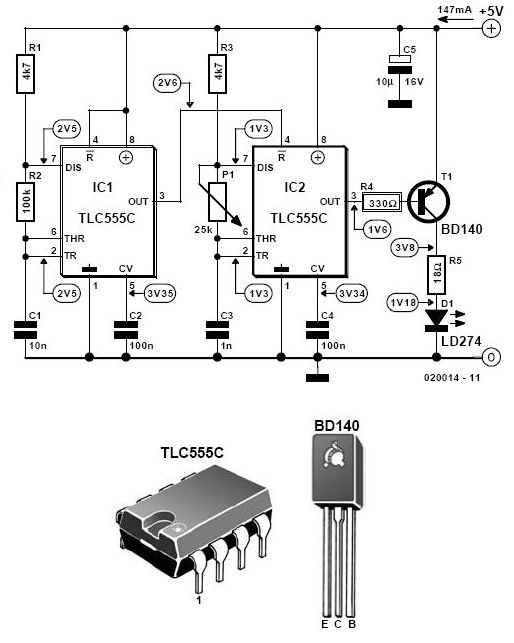
Light-Dependent Sensor For Multiple Inputs Circuit

This light-dependent sensor utilizes light-dependent resistors (LDRs) to detect the presence or absence of light. The alarm remains inactive as long as the light source illuminating the LDRs is constant. However, if the light is interrupted, the alarm is activated.
The circuit typically consists of an LDR connected in a voltage divider configuration with a fixed resistor. The output voltage from this divider is fed into a comparator or microcontroller input. When the ambient light level is above a certain threshold, the voltage remains below the reference level set at the comparator. In this state, the output remains low, and the alarm remains silent.
When the light is interrupted—such as by an object passing in front of the sensor—the resistance of the LDR increases, causing the voltage at the comparator input to rise above the reference level. This change triggers the output of the comparator to switch states, activating the alarm.
To enhance the circuit's reliability, hysteresis can be introduced by adding a feedback resistor from the output of the comparator back to the non-inverting input. This prevents the alarm from chattering due to minor fluctuations in light levels. The alarm can be a simple piezo buzzer or a more complex sound module, depending on the application requirements. Additionally, a power supply circuit may be included to ensure stable operation, along with a reset mechanism to allow for manual or automatic reset of the alarm after it has been triggered.
Overall, this light-dependent sensor circuit is effective for applications such as security systems, where detecting the interruption of light can indicate unauthorized access or movement in a designated area. This light-dependent sensor uses LDRs to detect the presence or absence of light. As long as the light source striking the LDRs remains constant, the alarm does not sound. But when the light is interrupted, the alarm is triggered. 🔗 External reference
The circuit typically consists of an LDR connected in a voltage divider configuration with a fixed resistor. The output voltage from this divider is fed into a comparator or microcontroller input. When the ambient light level is above a certain threshold, the voltage remains below the reference level set at the comparator. In this state, the output remains low, and the alarm remains silent.
When the light is interrupted—such as by an object passing in front of the sensor—the resistance of the LDR increases, causing the voltage at the comparator input to rise above the reference level. This change triggers the output of the comparator to switch states, activating the alarm.
To enhance the circuit's reliability, hysteresis can be introduced by adding a feedback resistor from the output of the comparator back to the non-inverting input. This prevents the alarm from chattering due to minor fluctuations in light levels. The alarm can be a simple piezo buzzer or a more complex sound module, depending on the application requirements. Additionally, a power supply circuit may be included to ensure stable operation, along with a reset mechanism to allow for manual or automatic reset of the alarm after it has been triggered.
Overall, this light-dependent sensor circuit is effective for applications such as security systems, where detecting the interruption of light can indicate unauthorized access or movement in a designated area. This light-dependent sensor uses LDRs to detect the presence or absence of light. As long as the light source striking the LDRs remains constant, the alarm does not sound. But when the light is interrupted, the alarm is triggered. 🔗 External reference
Warning: include(partials/cookie-banner.php): Failed to open stream: Permission denied in /var/www/html/nextgr/view-circuit.php on line 713
Warning: include(): Failed opening 'partials/cookie-banner.php' for inclusion (include_path='.:/usr/share/php') in /var/www/html/nextgr/view-circuit.php on line 713





